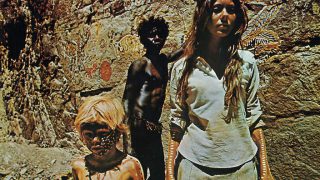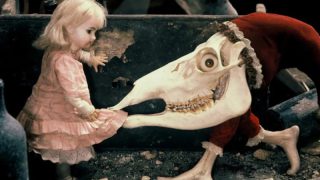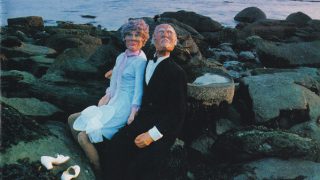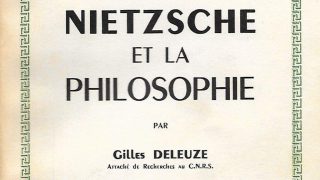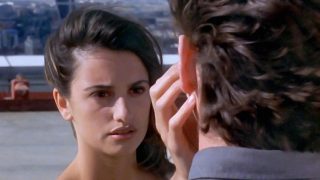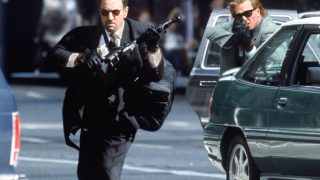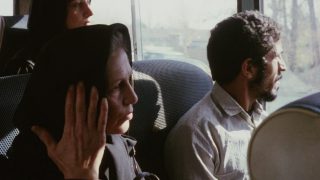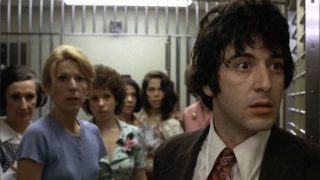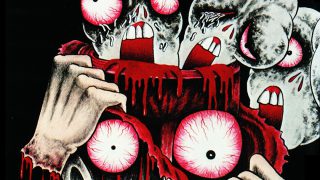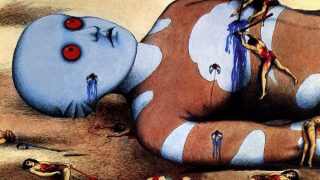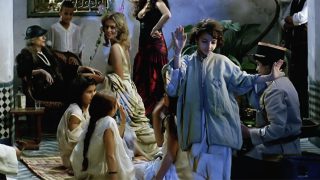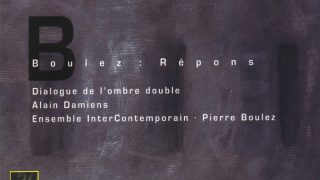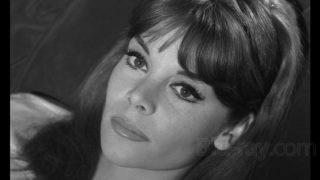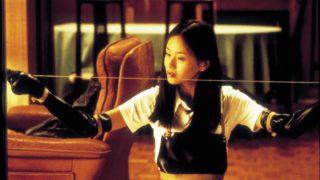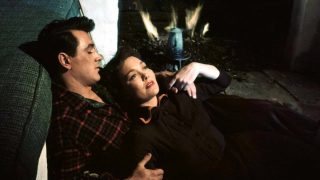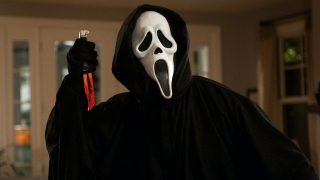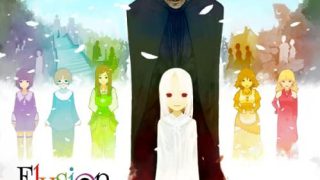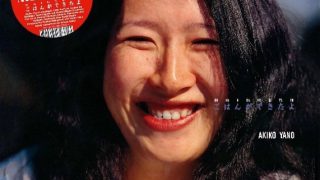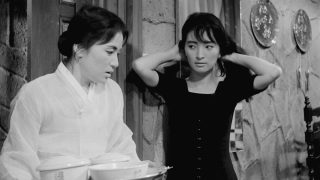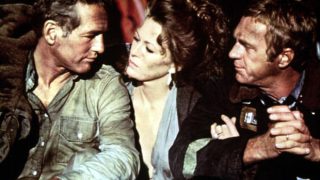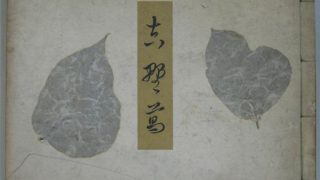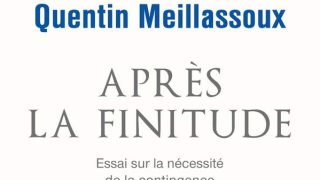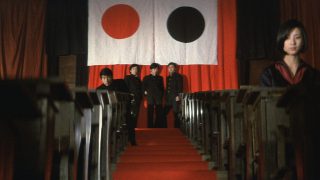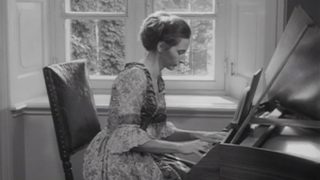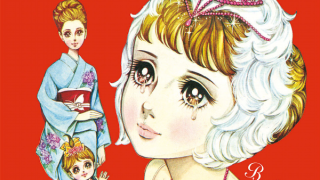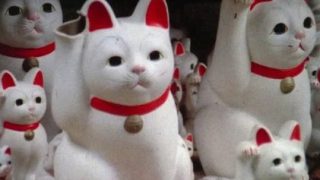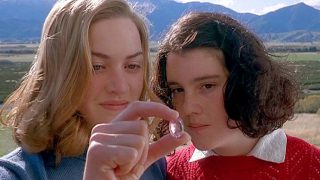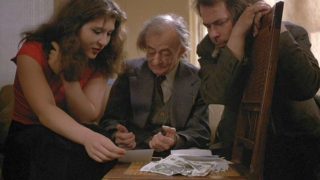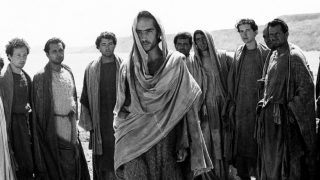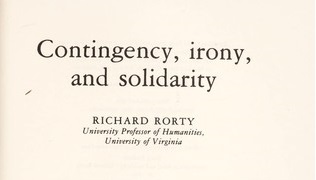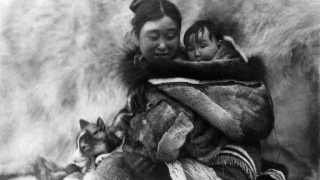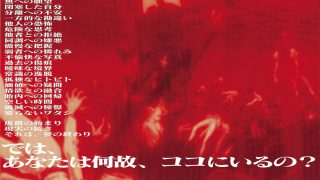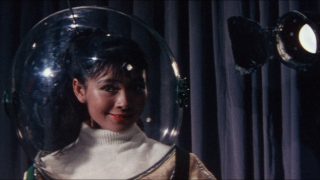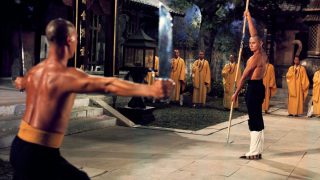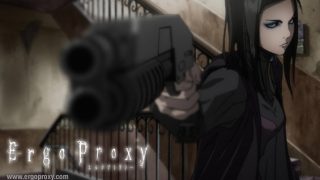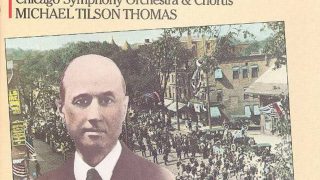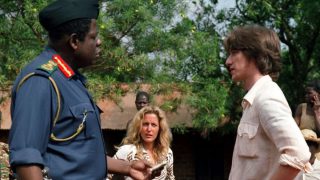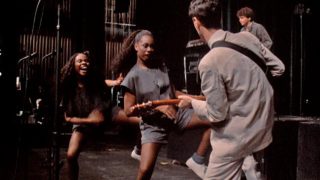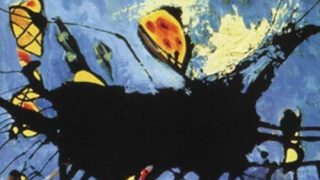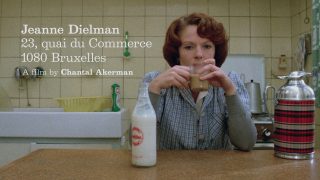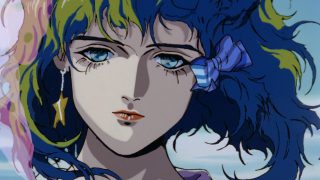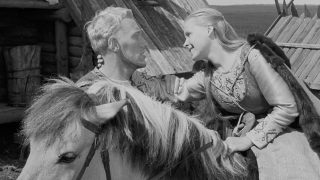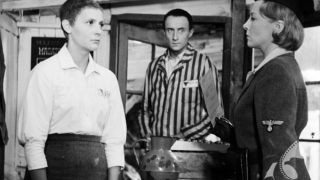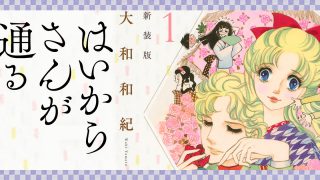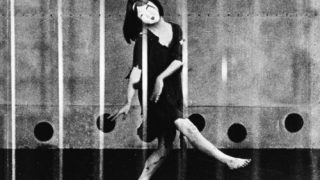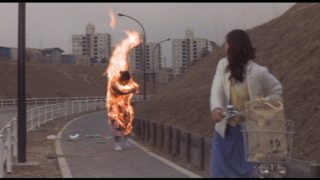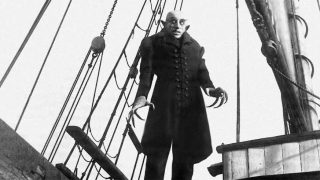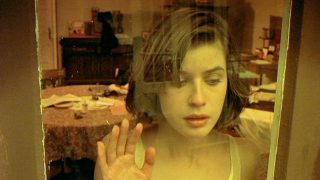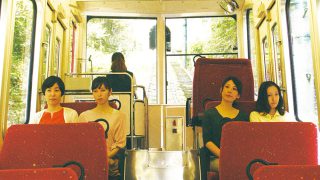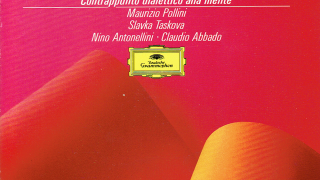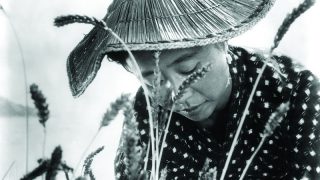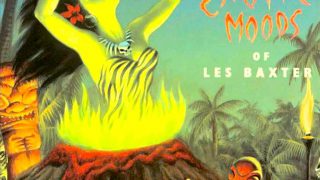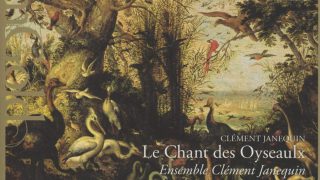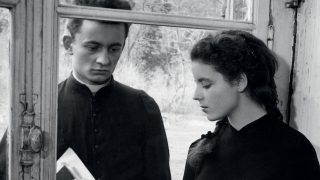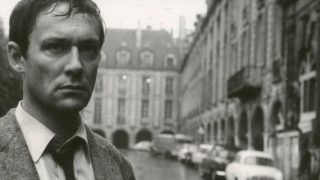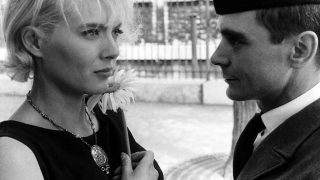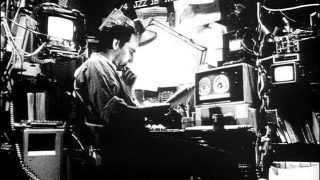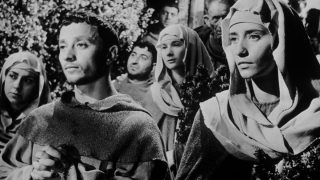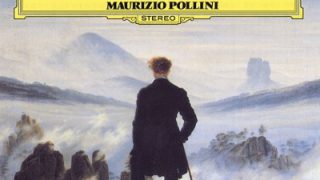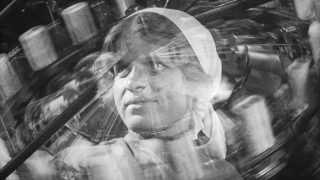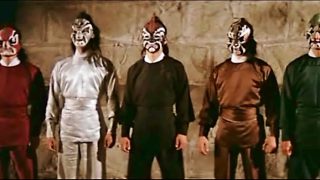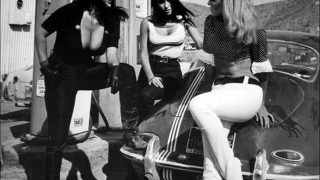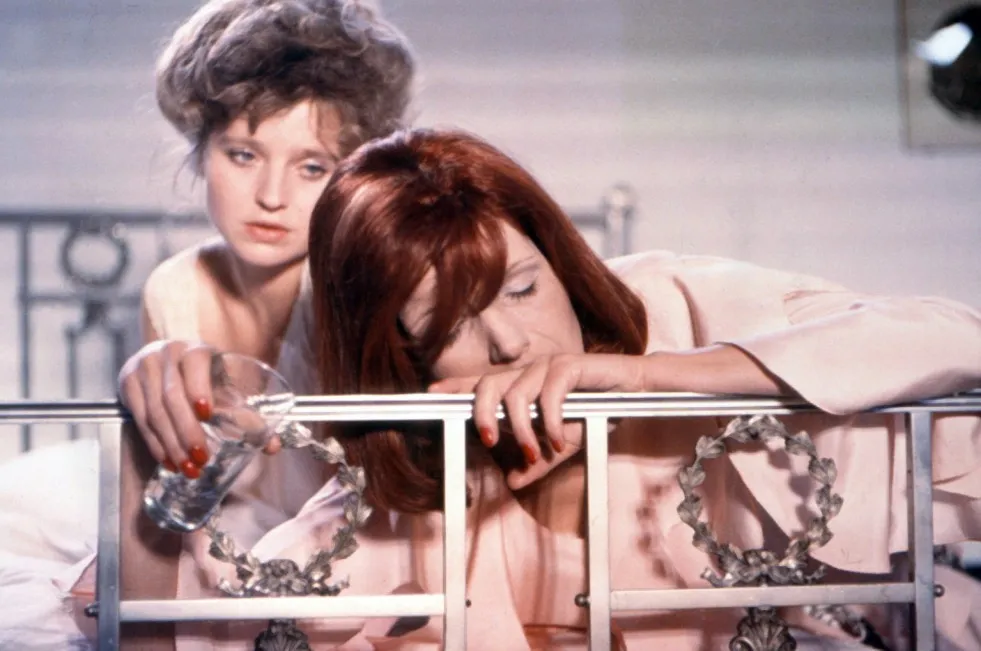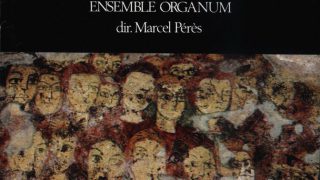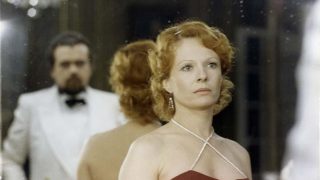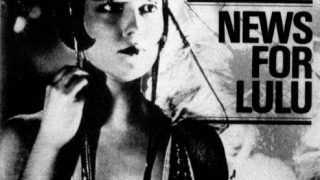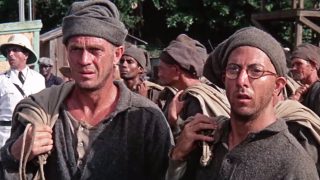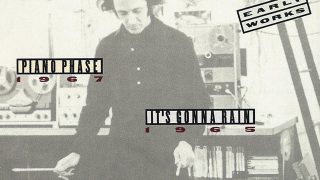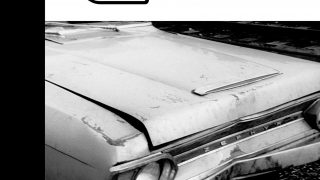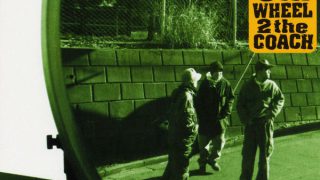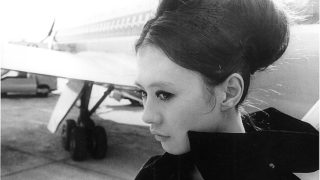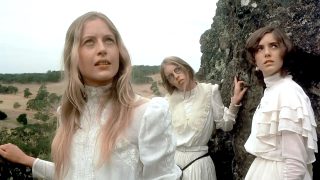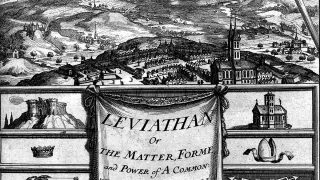Overview
“The Flowers of St. Francis”, the original Italian title “Francesco, giullare di Dio” (Francis, God’s Jester) is a 1950 Italian film.
Set in and around Assisi, a town in the Umbria region, central Italy, from 1210 to around 1218, it depicts a series of episodes about Francis of Assisi (1181–1226), a medieval Italian Catholic friar, and his followers (brothers) called “Friars Minor” (the early Franciscans).
It was directed by Roberto Rossellini. The screenplay was written by Rossellini in collaboration with Federico Fellini. Cinematography by Otello Martelli. Music by Renzo Rossellini.
The language is Italian. Black & white. 89 minutes.

Commentary
The film was inspired by two books, the 14th-century florilegium “Fioretti Di San Francesco (Little Flowers of St. Francis)” and “La Vita di Frate Ginepro (The Life of Brother Juniper)”.
The film is not a realistic biographical drama but a humorous film that focuses on anecdotes about the eccentric behaviors of Francis of Assisi and his followers.
The film consists of the introductory part in the beginning and nine chapters.
In 1210, after getting permission to do missionary work from Pope Innocent III in Rome, Francis (Brother Nazario Gerardi) and his eleven followers come back to their hut in Rivo Torto near Assisi, but the hut has been occupied by a peasant and his donkey.
They move to Portiuncula, where they rebuild the chapel, and build a hut near the chapel. They start living together in the hut, and go around preaching and begging as mendicant friars and itinerant preachers.
Their behavior looks foolish and self-destructive in some situations because their religious precepts (non-possession and poverty, selflessness, service to others, and self-sacrifice) are extremely self-deprecating, and several brothers, Brother Ginepro (Brother Severino Pisacane) in particular, try to practice the precepts without thinking about the future.
The film is didactic in that it includes criticism of egoism, materialism and desire to possess, but it is also comical like a comedy film.
For instance, Ginepro gives his habit (monk’s clothing) to a beggar he met on his way back from missionary work, and he comes home in his underwear.
Brother Amarsebello gets sick from too much fasting. He tells Ginepro that he wants to eat a meal of pig’s feet. Ginepro finds pigs on a farm. He cuts off a pig’s foot and takes it home. He infuriates the pig’s owner.
Ginepro comes to the town of Viterbo where is besieged by the tyrant Nicalaio (Aldo Fabrizi) and his troops. Ginepro tries to preach barbaric soldiers, but the soldiers fling Ginepro away, jump a long rope using Ginepro’s body as a rope, and drag him about by a horse. Nicalaio gives Ginepro a death sentence, believing that Ginepro is an assassin who tries to kill him.
On a cold and snowy day, Francis talks to Brother Leone about what is “perfect joy”. They visit a house and ask for alms. The porter (doorkeeper) comes out and drives them outdoors, cursing at them and beating them with a club. Francis and Leone get stuck in the mud and become covered in dirt. Francis explains to Leone that this is perfect joy.
This film makes us think about what is spiritual richness.
The film shows by its episodes like parables that being simple is a condition for being truly pious, and it is more like stupidity than intelligence.
Most of the performers in the film are non-professional actors except for Aldo Fabrizi, who played the role of the tyrant Nicalaio. Francis and his brothers were played by real Franciscan monks from the Nocera Inferiore Monastery.
The images filmed by Otello Martelli are extremely beautiful. Pier Paolo Pasolini said that the film was “among the most beautiful in Italian cinema”. François Truffaut called it “the most beautiful film in the world”.
The film premiered at the 1950 Venice Film Festival.
In 1995, the Vatican selected the film as one of the “religion” category films on the list of 45 “great films”.
The US Criterion Collection and the UK Eureka Entertainment released this film on DVD in 2005.
In Japan, it was released on DVD by Books Kinokuniya in 2004.
The 4K restored Blu-ray of the film was released by IVC Japan in 2023 (Region A).
The film was shown in the Cannes Classics section at the 2021 Cannes Film Festival.
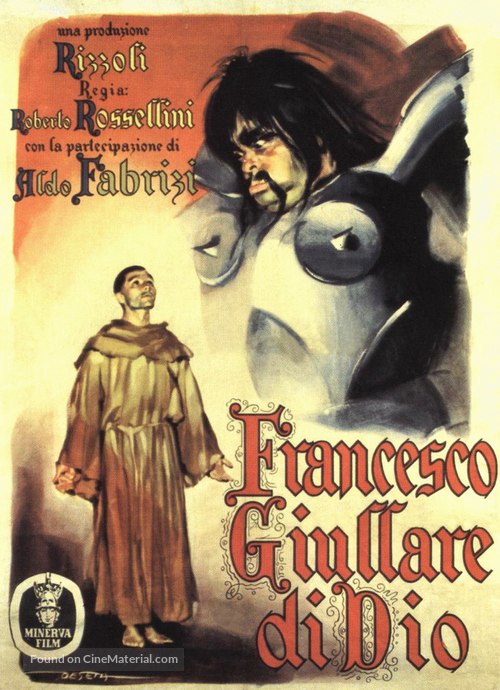
- Cross-Search for “The Flowers of St. Francis” on JustWatch
- Search for “The Flowers of St. Francis” on Amazon.com
Plot (Spoiler Alert)
In the beginning of the film, the narrator (Gianfranco Bellini) reads the lyrics of the song “Canticle of the Sun” (also known as “Canticle of the Creatures”) composed by Francis of Assisi, and the text quoted from the “First Epistle to the Corinthians” of the New Testament is displayed on the screen.
The Introduction
In 1210, after getting permission to do missionary work from Pope Innocent III in Rome, Francis and his eleven followers come back to their hut in Rivo Torto near Assisi in the pouring rain, but the hut has been occupied by a peasant and his donkey. The peasant drives them out of their hut.
Chapter 1
They move to Portiuncula, where they rebuild the chapel, and build a stone hut with a thatched roof near the chapel.
When they are singing in the hut, Ginepro comes home from missionary work in his underwear. He says that he gave his habit (monk’s clothing) to a beggar. Francis tells Ginepro not to give his habit to someone without permission.
Chapter 2
An old peasant named Giovanni (Brother Peparuolo), known as “the Simpleton (il Semplice)”, comes to Francis to become a Franciscan. He has brought a bull with him as a gift. Francis gives the bull back to his family. His family goes home with their bull.
Francis introduces Giovanni as a new brother to other brothers.
Giovanni is fascinated with Francis. He begins imitating Francis in word and gesture.
Chapter 3
Sister Clare (Aribella Lemaître) comes from the San Damiano Monastery with three of her sisters to see Francis. They pray in the chapel with Francis.
Ginepro comes home in his underwear. His brothers pull off Giovanni’s cloak and dress Ginepro in it.
Chapter 4
Brother Amarsebello gets sick from too much fasting. He tells Ginepro that he wants to eat a meal of pig’s feet. Ginepro finds pigs on a farm. He cuts off a pig’s foot and takes it home. He infuriates the pig’s owner.
Francis orders Ginepro to apologize to the pig’s owner and to ask for his forgiveness.
Chapter 5
One night, when Francis is meditating in the woods, he meets a man with leprosy, who walks with a cane, ringing bells. Francis embraces him without a word. The man walks away. Francis collapses on the ground and offers prayers to God.
Chapter 6
Ginepro has been assigned the task of cooking supper for the brothers while the brothers go out and preach.
He thinks he will also join the missionary work if he cooks food for two weeks all at once. He throws large amounts of vegetables into a cauldron to cook food for two weeks.
Francis admires Ginepro’s enthusiasm, and he gives Ginepro permission to do missionary work.
Chapter 7
Ginepro comes to the town of Viterbo where is besieged by the tyrant Nicalaio and his troops. Ginepro tries to preach barbaric soldiers, but soldiers fling Ginepro away, jump a long rope using Ginepro’s body as a rope, and drag him about by a horse.
Nicalaio gives Ginepro a death sentence, believing that Ginepro is an assassin who tries to kill him.
The priest finds that Ginepro is a Franciscan, and he suggests to Nicalaio not to execute Ginepro.
Nicalaio directly investigates Ginepro. Nicalaio is confused about Ginepro, who keeps smiling even if he is threatened. Nicalaio orders his troops to lift the siege of the town, and he liberates Ginepro.
Chapter 8
On a cold and snowy day, Francis talks to Brother Leone about what is “perfect joy”. They visit a house and ask for alms. The porter (doorkeeper) comes out and drives them outdoors, cursing at them and beating them with a club. Francis and Leone get stuck in the mud and become covered in dirt. Francis explains to Leone that this is perfect joy.
Chapter 9
After distributing all of their possessions and food to the townsfolk and the poor, Francis and his followers leave Portiuncula and embark on a journey to do missionary work. They say goodbye to each other, and each one goes in a different direction.

